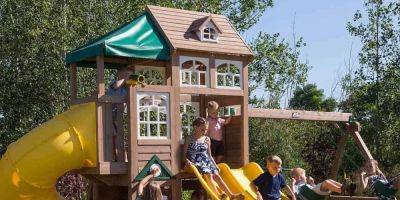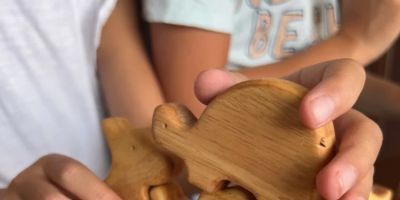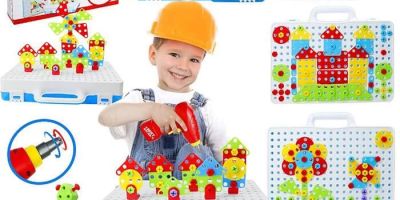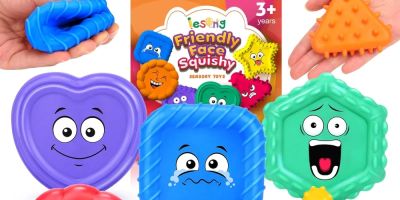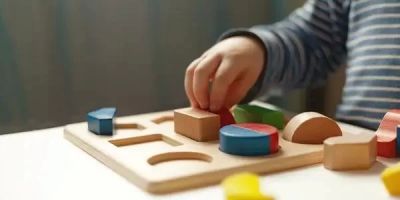- 1-importance-of-learning-to-count
- 2-features-of-effective-counting-toys
- 3-top-toys-for-learning-how-to-count
- 4-personal-experiences-and-expert-insights
- 5-where-to-find-the-best-learning-to-count-toys
1. The Importance of Learning to Count in Early Childhood
Learning to count is one of the foundational skills children develop in their early years. It not only builds the groundwork for mathematics but also supports cognitive development, problem-solving abilities, and logical thinking. Children who master counting tend to have better performance in school and a stronger confidence in handling numbers.
However, teaching counting effectively requires engaging methods that hold a child’s attention. This is where toys designed to teach counting come into play. They transform what might be a dry lesson into an interactive and fun experience, making learning both memorable and enjoyable.
1.1 How Counting Shapes Early Learning
Counting introduces children to sequencing, one-to-one correspondence, and the concept of quantity. These are essential skills not only for math but also for everyday tasks, like sharing snacks or understanding time. Toys that support counting provide hands-on practice, reinforcing these abstract concepts in a tangible way.
2. Key Features of Effective Counting Toys
Not all toys are created equal when it comes to teaching counting. Some critical features to look for include:
2.1 Interactive and Hands-On Design
Toys that allow children to physically manipulate objects, such as beads or blocks, help solidify counting concepts. The tactile experience supports memory and understanding.
2.2 Visual and Auditory Stimuli
Bright colors, numbers clearly displayed, and sounds that count aloud reinforce learning by engaging multiple senses, which is crucial for young learners.
2.3 Progressive Difficulty
Good counting toys grow with the child, starting with simple number recognition and advancing to more complex skills like addition or pattern recognition.
2.4 Encouragement of Independent Play
Allowing children to explore and experiment on their own boosts curiosity and self-confidence in their counting abilities.
3. Top Toys for Learning How to Count
Selecting the best toys for learning how to count can be overwhelming given the vast options available. Here, we dive deeper into some excellent choices proven to enhance early math skills:
3.1 Counting Bead Frames
Also known as abacuses, bead frames are classic educational toys that provide a clear visual and tactile way to count and perform simple calculations. Their simplicity allows children to focus purely on numbers without distractions.
3.2 Number Puzzles and Matching Games
Puzzles that combine numbers with shapes or images encourage children to associate numerical values with objects, helping develop one-to-one correspondence—a fundamental counting concept.
3.3 Interactive Electronic Counting Toys
Modern electronic toys often feature counting songs, quizzes, and light-up numbers, making learning dynamic and engaging. For example, toys that speak numbers aloud when buttons are pressed can reinforce pronunciation and counting sequence.
3.4 Stacking and Sorting Sets
Toys that involve stacking rings or sorting objects by color and number develop fine motor skills alongside counting. Children learn to group items while practicing number recognition.
Parents like Jessica, whose four-year-old son struggled initially with numbers, found that combining bead frames with interactive counting games sparked his interest and accelerated his learning process. Jessica highlights how the tactile element of the beads helped him visualize counting as more than just abstract numbers.
4. Personal Experiences and Expert Insights on Counting Toys
Teachers and early childhood experts emphasize that combining different types of counting toys enhances learning. Mixing hands-on tools like blocks with electronic games caters to different learning styles, making counting accessible to a wider range of children.
Dr. Emily Rodgers, a child development specialist, advises: “When selecting toys for learning to count, it’s important to observe how a child interacts with them. Toys should challenge but not frustrate. The joy of discovery is as important as the educational value.”
Families who invest time in play-based learning report stronger bonds and more enthusiastic learners. These stories underline that the best toys for learning how to count are those that inspire curiosity, patience, and joy.
5. Where to Find the Best Learning to Count Toys
Finding high-quality, developmentally appropriate counting toys can be daunting. For parents seeking trusted options, Knight Toys offers a carefully selected range of products tailored for early math skills. Their collection includes both traditional and modern counting toys, ensuring there is something suitable for every child’s learning style and stage.
Exploring their offerings can provide peace of mind and confidence that you’re choosing tools proven to support your child’s numerical journey.

